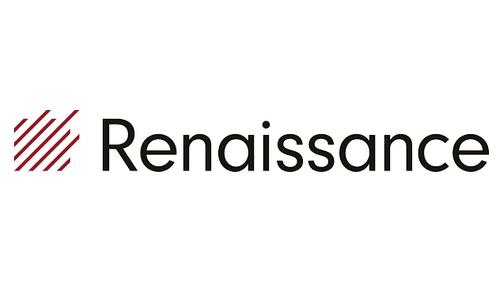The History of Renaissance Technologies

In its early years, Renaissance Technologies focused on developing computer models for trading in the futures markets. These models were based on mathematical algorithms that could analyze vast amounts of data and identify patterns that human traders might miss. The firm's early successes in this area led to the creation of its flagship Medallion Fund, which has become one of the most profitable hedge funds in history.
Over the years, Renaissance Technologies has continued to innovate and refine its quantitative trading strategies. The firm's success has been driven in part by its ability to attract and retain top talent in fields such as mathematics, computer science, and physics. Renaissance Technologies has also been known for its secretive culture, with little information about the firm's strategies or performance made available to the public.
Despite its success, Renaissance Technologies has not been without controversy. In the 1990s, the firm was investigated by the SEC for allegedly manipulating the prices of Treasury bonds. While the investigation did not result in any charges, it led to increased scrutiny of the firm's trading practices.
Today, Renaissance Technologies manages billions of dollars in assets and is considered one of the most influential players in the world of finance. While the firm's strategies remain closely guarded secrets, its success has inspired a new generation of quantitative traders and investors to explore the potential of algorithmic trading and quantitative finance.
